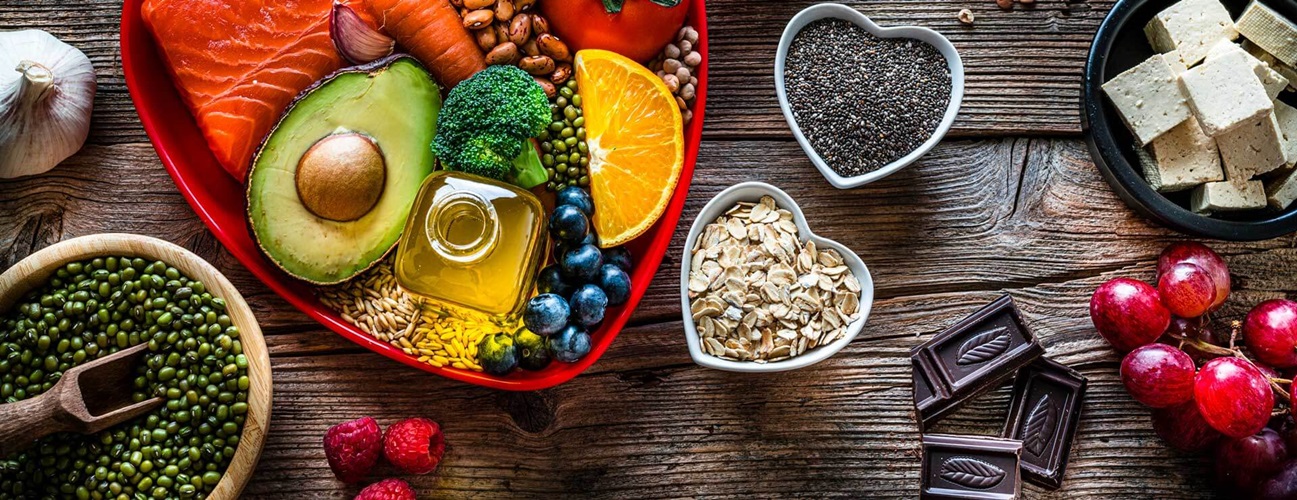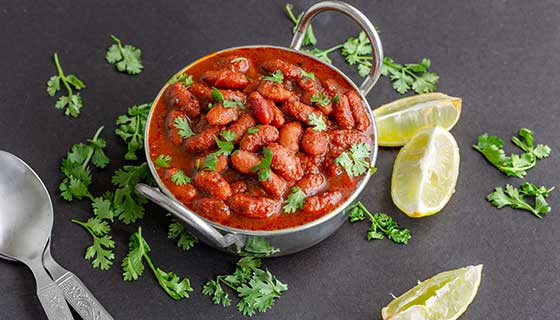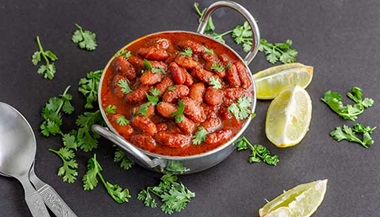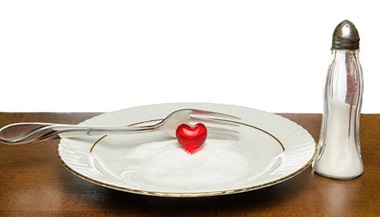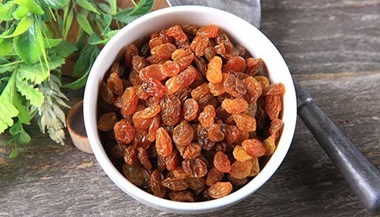Low Sodium Diet and Lifestyle Changes for High Blood Pressure
If you have high blood pressure, also called hypertension, you may be looking for ways to control it.
Some items, such as beet juice, are touted to ease hypertension, but improving your overall diet and making other lifestyle changes are the best ways to lower blood pressure long term.
Three Ways to Ease High Blood Pressure
When it comes to dealing with risk factors for high blood pressure, focusing on three aspects of nutrition and lifestyle can get you on the right track:
- Reduce salt. Sodium (salt) encourages your body to retain fluid, which can increase the fluid volume of your blood and raise blood pressure.
- Watch body weight. In addition to high amounts of sodium, excess body weight is a risk factor for high blood pressure.
- Stay physically active. “When dietitians are helping people with high blood pressure, we also look at other aspects of health such as regular exercise,” she says, noting that a sedentary lifestyle makes developing hypertension more likely.
How much sodium per day?
If you have high blood pressure, reducing sodium with a low sodium diet is a priority. Some sodium is necessary for health, but not much: about 500 milligrams a day is the minimum daily requirement. The upper limit, 2,300 mg, is equal to only about 1 teaspoon of salt.
Choose Low-Sodium Recipes
Cooking low sodium dishes ― and reducing the amount of salt in other recipes ― is a good way to cut back.
Heart-Healthy Recipes from the American Heart Association
Skip the Shaker
Patients with hypertension should take the salt shaker off the table and instead use spices such as garlic, turmeric and paprika, which add flavor and other health benefits to food. Learn more about health benefits of spices.
Salt substitutes are fine for many people, but they may contain potassium. Check with your dietitian or doctor to ensure you don’t have any health conditions that would be aggravated by extra potassium.
Avoid Processed Foods
Salt is a preservative. Buying fresh or frozen veggies, fish and fruit when you can is a better option than ready-made dishes. To prolong prepared foods’ freshness on grocery store shelves, the manufacturers may add excess salt.
Check the nutrition label: One serving of snacks, sauces, dressings and processed meats should have 200 mg of sodium or less. With ready-to-eat meals, aim for 600 mg of sodium or less.
Watch Out at Restaurants
Whether it’s at a fast-food spot or a gourmet restaurant, eating away from home can mean saltier-than-normal food. Even those tempting, time-saving prepared foods at your local grocery store can be sodium-heavy.
Restaurants do not generally make patrons’ health a priority. To maximize flavors and keep people coming back, commercial chefs may be overgenerous with salt.
A Holistic Approach to Taming High Blood Pressure
Rather than focusing on specific foods such as beet juice to lower blood pressure, use a broader approach to retooling your diet.
The best approach to reducing the risk of illness and death from hypertension is a strong foundation in good, wholesome foods and a lifelong approach to better eating, weight control and regular exercise.
High Blood Pressure Diet: The DASH Diet
The DASH diet is a popular diet for high blood pressure. DASH stands for dietary approaches to stop hypertension. The DASH diet is not only low in sodium, but very high in nutrition.
The emphasis on whole foods in these diets is very healthy. With its emphasis on fresh vegetables and fruit, lean protein and whole grains, the DASH diet meal plan can help people manage high blood pressure and at the same time benefit from more gut-friendly fiber, cancer-fighting flavonoids, antioxidants, vitamins and minerals.
Research shows that, for some people, following DASH can lower the top number of blood pressure (systolic) by eight to 14 points. If your blood pressure is elevated, say at 130/80, the DASH diet may bring it back to normal.
The heart-healthy Mediterranean diet, which is also based on a diverse range of unprocessed foods, is another option. Like DASH, it’s very vegetable-intensive, but whereas DASH has more specific directions on what and how much to eat, the Mediterranean diet is more generalized.
Foods to Avoid with High Blood Pressure
Foods high in salt and sodium are the most obvious no-no’s, but what else should people with hypertension steer clear of?
Red meat. The process of breaking down the saturated fat in red meat during digestion releases chemicals in the body that boost blood pressure.
Sugary beverages. Sugar, especially in sodas, fruit juices, sweetened tea, and energy and sports drinks, contributes to weight gain ― a risk factor for high blood pressure. Sugar itself may aggravate hypertension: In one 2019 study, female participants with high blood pressure decreased their sugar intake by 2.3 teaspoons a day and were able to reduce their blood pressure.
Alcohol. People with high blood pressure should follow AHA guidelines, and limit alcohol consumption to two drinks a day for men and one for women. Alcohol adds extra empty calories that can contribute to weight gain. Also, drinking alcohol temporarily raises blood pressure, so binge drinking can be dangerous.
Licorice. Licorice comes from a root and is used as a medicinal herb and flavoring agent. It can reduce the effectiveness of blood pressure medications called ACE inhibitors. If you take this kind of medicine, check with your pharmacist, dietitian or doctor before eating candies or other items containing licorice.
Grapefruit can interact with blood pressure medications called calcium channel blockers and cause increased blood levels of these drugs. Check your medication information carefully or check with a pharmacist, dietitian or doctor to ensure grapefruit is OK to eat if you’re taking blood pressure meds.
What about caffeine? You can get a temporary rise in blood pressure after drinking caffeinated beverages, so it’s best not to combine that with something else that pushes up your blood pressure such as exercising. But in general, caffeine is OK in moderate amounts: About 400 mg a day is the limit, and 200 mg if you’re sensitive to its effects. (Eight ounces of coffee has about 95 mg of caffeine). To test your sensitivity, take your blood pressure 30 and 60 minutes after your cup of coffee and see if there’s a difference.
Can beet juice lower your blood pressure?
You might have heard that beet juice has blood pressure-easing properties. Is drinking beet juice good for people with hypertension?
Beet juice contains natural nitrates that open blood vessels and relax them temporarily. But, to get a real benefit, a person would have to drink large quantities of fresh beet juice ― not processed.
In addition, the benefit of beet juice’s nitrites can be offset by the calories: Juices in general contain a lot of sugar. Regularly drinking high-calorie beverages may cause weight gain and work against a person’s efforts to get blood pressure down.
If you’re ignoring your other risk factors, such as salt intake, exercise, weight and alcohol consumption, a glass of beet juice ― even though it is very good for you ― is not going to keep you as safe from hypertension as a more overall approach to lifestyle will.

